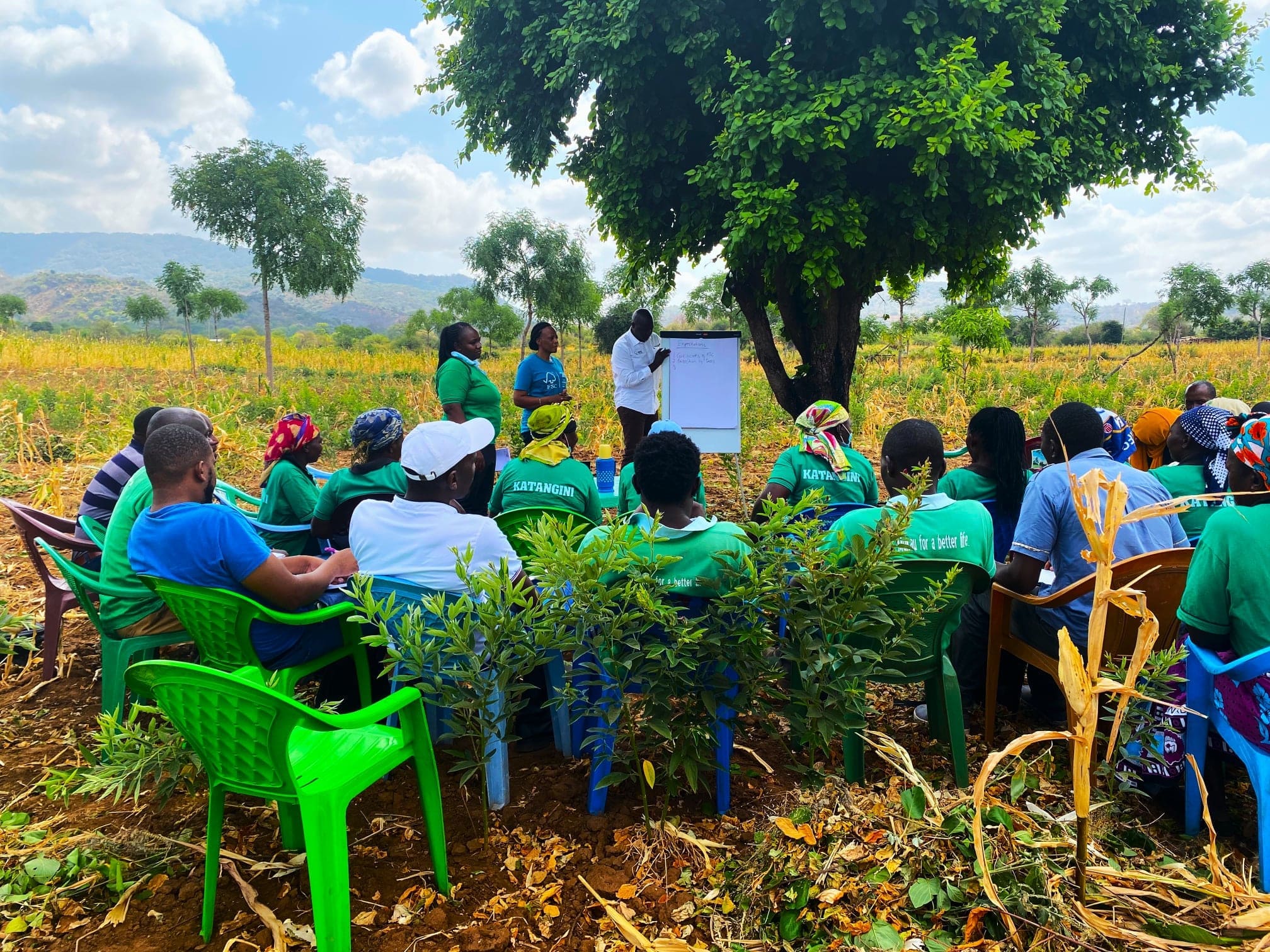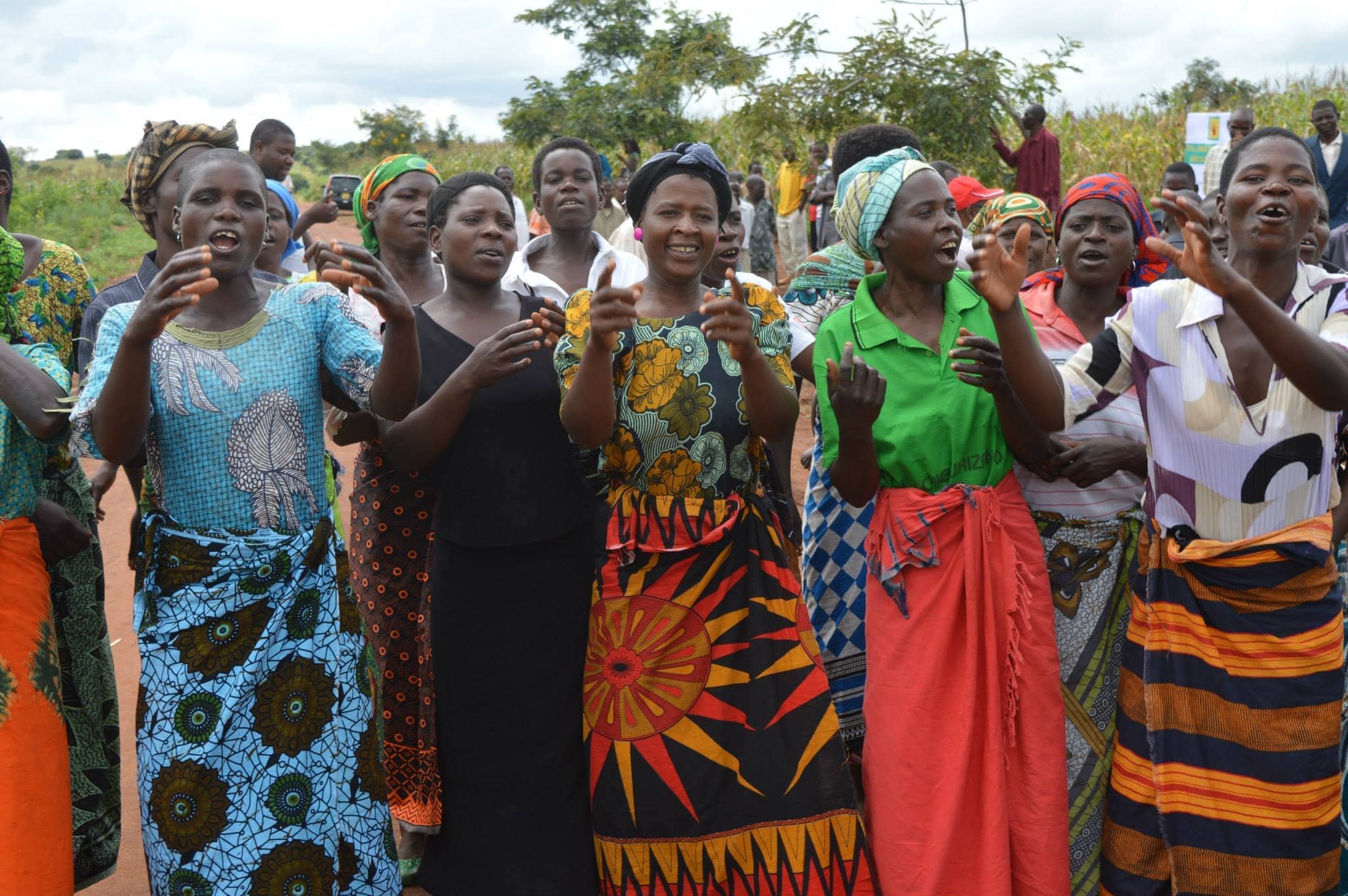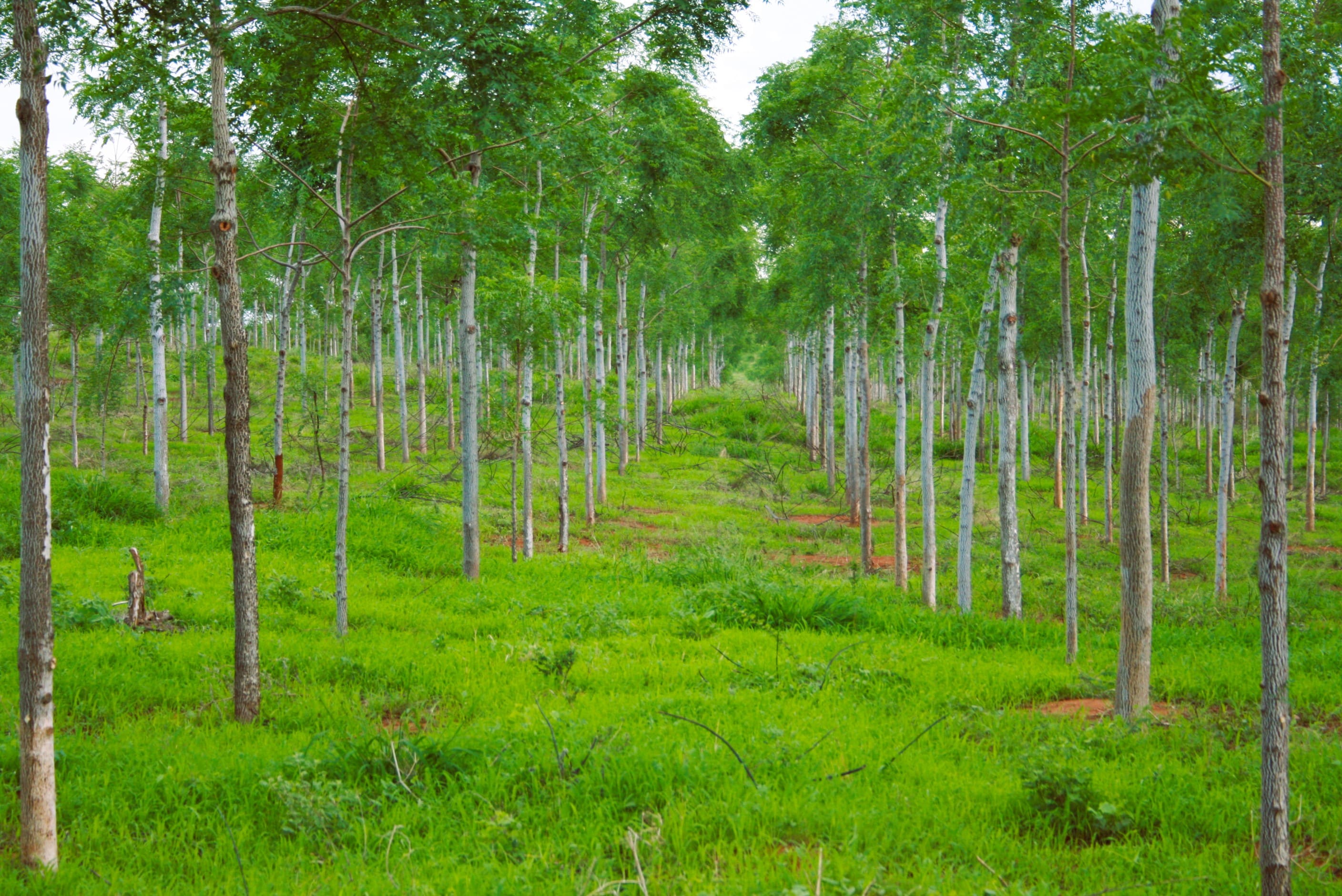Frequently Asked Questions (FAQs)



Better Globe Forestry (BGF) is a company specialized in dryland forestry, with over two decades of experience developing sustainable forestry and agroforestry models in East Africa. Our approach focuses on long-term impact for people, planet, and profit, with operations rooted in ecological restoration and local partnerships.
We work closely with farmers by providing them with tree-planting opportunities that generate income over time. Additionally, we invest in local education, microfinance programs, and infrastructure to create long-term benefits for communities in dryland areas.
No, BGF does not sell carbon credits directly. However, we implement forestry projects for clients who seek carbon sequestration benefits, helping them achieve their sustainability and climate goals.
We work with businesses, NGOs, and governments to implement tailor-made forestry projects. Whether it’s afforestation, land restoration, or agroforestry initiatives, we provide end-to-end solutions for project planning, implementation, and monitoring.
Yes. Since 1st January 2025, BGF has transitioned into a fully commercial forestry company. We are actively seeking new clients and partners interested in sustainable land restoration, timber production, and carbon sequestration. For corporate social responsibility (CSR) projects, we work closely with BGFF, which has been reactivated to manage donations and social programs transparently.
BGF operates in dryland regions, particularly in East Africa, where we focus on restoring degraded landscapes through sustainable forestry.
BGF specializes in dryland-adapted tree species, with a strong focus on:
- Melia volkensii in Kenya
- Melia azedarach in Uganda
These species are well-suited for arid and semi-arid lands (ASALs), offering fast growth, durable timber, and resilience to dry conditions—making them ideal for both commercial forestry and environmental restoration.
We also work with other indigenous and exotic species based on site-specific conditions, land use goals, and partner preferences. BGF listens to the needs of each customer and guides species selection accordingly, rather than imposing predefined models.
To ensure ecological suitability and scientific rigor, BGF collaborates with institutions such as the Kenya Forestry Research Institute (KEFRI) and other local and international research partners to validate and monitor species performance.
You can:
- Visit our website for project updates
- Subscribe to our newsletter
- Subscribe to Miti Magazine, our regional forestry publication
- Follow us on our social media channels
We use scientifically backed agroforestry methods, continuous monitoring, and farmer training to ensure tree survival and long-term impact. Our approach combines environmental restoration with economic benefits to create lasting sustainability.
Our projects contribute to carbon sequestration, biodiversity restoration, and soil regeneration. Through BGFF, we also run environmental education, awareness, and agroforestry outreach programs in collaboration with schools, research institutions, and development partners.
The ownership of trees depends on the project. Some trees are owned by farmers, while others belong to companies or organizations that engage BGF for afforestation and agroforestry initiatives. BGF does not own the trees but provides forestry expertise and long-term management services.
BGF collaborates with companies, NGOs, investors, and government entities to expand forestry initiatives. Our partnerships ensure sustainable afforestation, land restoration, and economic benefits for communities.
Since 2007, BGF has successfully planted and managed over 3 million trees as part of a large-scale forestry project aimed at sustainability and environmental restoration in the Drylands.
Tree Partner Solutions (TPS) has taken over ownership of the 3 million trees previously owned by the Norwegian marketing company BG AS.
You can explore our website, follow our updates, or contact us directly for more details about our work, impact, and opportunities for collaboration.
Our projects contribute to carbon sequestration, biodiversity restoration, and soil regeneration. Through BGFF, we also run environmental education, awareness, and agroforestry outreach programs in collaboration with schools, research institutions, and development partners.
Community involvement is central to BGF’s model. We work with local farmers and community-based organizations to implement our projects, offering training, employment, and long-term benefits. Where social aspects are supported by external partners or donors, BGFF takes the lead, ensuring community empowerment remains a cornerstone of our impact.
BGF ensures sustainability through:
- Long-term community engagement
- Environmentally appropriate planting practices
- Scientific monitoring
- Full transparency in operations
- We also collaborate with the Better Globe Forestry Foundation (BGFF) to address social and environmental objectives through grants, donations, and CSR-focused programs.
We closely with clients to determine the best-suited species for each site, based on ecological conditions and project objectives. Our expertise lies in guiding customers to make informed decisions that are practical for dryland conditions, without imposing one-size-fits-all solutions.
BGF operates mainly in the Arid and Semi-Arid Lands (ASAL) of East Africa—primarily in Kenya, and also in Uganda, with expansion into Tanzania underway. Our work is focused on restoring dry ecosystems while generating long-term socio-economic value for local communities and partners.
Drylands make up over 80% of Kenya’s land area and are often overlooked in afforestation efforts. BGF focuses on these fragile ecosystems because they offer both environmental and economic opportunities when managed well. Dryland forestry builds resilience against climate change, enhances livelihoods, and contributes to long-term carbon sequestration where it's needed most.
